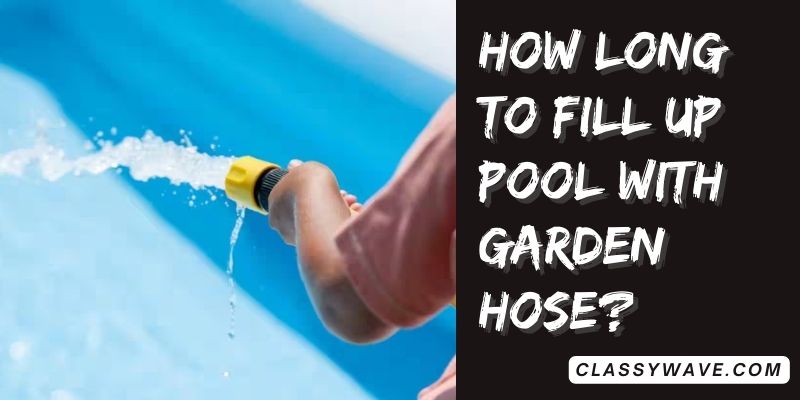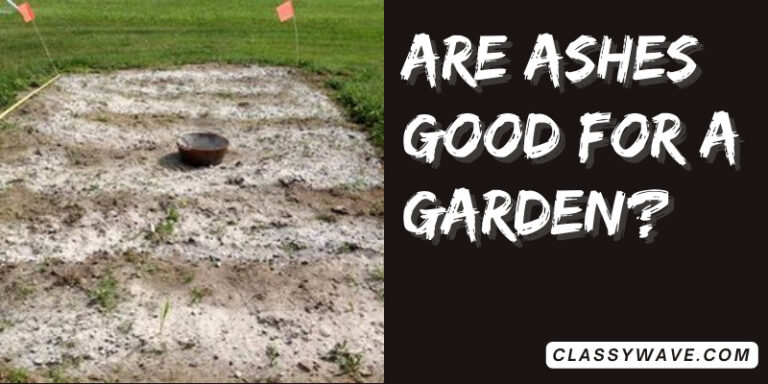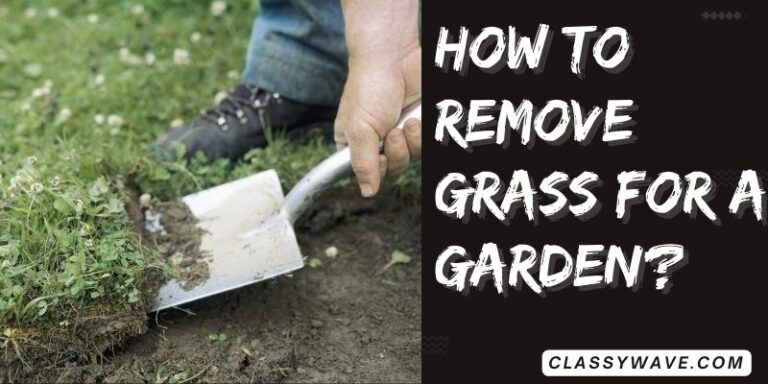how long to fill up pool with garden hose? Complete Guide
Efficiently filling a pool with a garden hose involves various considerations and strategies. From optimizing hose placement to utilizing smart monitoring tools, understanding water pressure dynamics, and exploring alternative methods, this compilation provides comprehensive insights into achieving a timely, even, and hassle-free pool fill-up.
Factors Affecting Pool Fill-Up Time with a Garden Hose
Numerous factors influence the time it takes to fill a pool with a garden hose. These include water pressure, hose diameter, and the pool’s volume. Understanding these factors allows for more accurate predictions and efficient planning.
Estimating Water Flow Rate for Pool Filling
To gauge how long it will take to fill your pool, determining the water flow rate of your garden hose is crucial. This involves measuring the volume of water delivered per unit of time, helping you estimate the overall fill-up duration.
Calculating Pool Volume for Accurate Fill-Up Time Predictions
Accurately calculating your pool’s volume is essential for predicting the fill-up time. Knowing the cubic footage or gallons helps determine the appropriate time frame for the garden hose to be operational.
Tips for Speeding Up the Pool Filling Process
Explore practical tips to expedite the pool filling process, such as choosing an optimal hose diameter, maximizing water pressure, and considering multiple hoses to reduce overall fill-up time.
Conserving Water During Pool Fill-Up
Learn about water conservation strategies during pool filling, including ways to minimize wastage, repurpose discharged water, and adopt eco-friendly practices to align with sustainable water use principles.
Common Mistakes to Avoid When Filling a Pool with a Garden Hose
Recognize and sidestep common errors that may impede efficient pool filling. Avoiding these mistakes ensures a smoother process and helps prevent potential issues with water quality and overall pool functionality.
Using Multiple Hoses for Faster Pool Fill-Up
Explore the benefits and considerations of employing multiple hoses for simultaneous pool filling. This approach can significantly reduce the overall time required, provided that it aligns with your water system’s capacity.
Considerations for Eco-Friendly Pool Filling Practices
Delve into eco-friendly alternatives and practices for pool filling. From utilizing rainwater harvesting to exploring recycled water options, adopting environmentally conscious approaches contributes to sustainability and water resource conservation.
Monitoring and Maintaining Water Quality During Filling
Understand the importance of maintaining water quality while filling the pool. Learn about monitoring parameters, such as pH levels and chlorine concentration, to ensure a healthy and safe swimming environment from the start.
Alternative Methods for Efficient Pool Filling
Explore alternative methods beyond traditional garden hoses, such as using water trucks or connecting to a dedicated water source. Understanding these alternatives provides flexibility and potential time savings during the pool-filling process.
Optimizing Hose Placement for Even Pool Fill-Up
Efficiently filling your pool involves strategic hose placement. Distribute the hose evenly to ensure consistent water levels and prevent uneven filling. Proper positioning minimizes the need for manual adjustments, streamlining the process. By optimizing hose placement, you enhance the reliability of your fill-up, reducing the risk of overflows or incomplete fills and ultimately saving time and effort in pool maintenance.
Smart Tools for Monitoring Water Levels in Real-Time
Utilize modern technology to monitor pool water levels in real time. Smart tools and sensors provide instant feedback on the fill-up progress, allowing you to make timely adjustments. This proactive approach enhances precision in managing the pool water level, minimizing the risk of overfilling. By incorporating such tools, you gain a more hands-free and automated method for ensuring your pool reaches the desired water level efficiently.
Balancing Water Pressure for Consistent Filling
Achieving consistent pool filling involves optimizing water pressure. Balancing the pressure within the hose ensures an even water flow into the pool. Irregular pressure can lead to uneven filling and compromise the pool’s structural integrity. By understanding and regulating water pressure, you contribute to a smoother fill-up process, promoting uniform water distribution and maintaining the pool’s overall stability.
Understanding the Impact of Hose Diameter on Fill-Up Speed
The diameter of your garden hose significantly affects the speed of pool filling. A larger diameter allows for a higher volume of water flow, expediting the fill-up process. Conversely, a smaller diameter may slow it down. Understanding this impact enables you to choose the most suitable hose for your pool size and water supply capacity, optimizing the overall efficiency of the filling operation.
Preventing Overflows: Setting Up Automatic Shut-Off Systems
Mitigate the risk of pool overflows by implementing automatic shut-off systems. These devices halt the water flow when the pool reaches the desired level, preventing wastage and potential damage. Setting up such systems provides a hands-free approach to pool filling, enhancing safety and ensuring the fill-up process stops precisely when needed. This preventive measure safeguards against overflows and minimizes the need for constant monitoring during the filling operation.
Conclusion
In conclusion, mastering the art of filling a pool with a garden hose requires a holistic approach. By considering factors like water pressure and hose diameter and utilizing innovative tools, you can enhance efficiency and reduce potential issues. Whether embracing eco-friendly practices or incorporating shut-off systems, these insights empower individuals to make informed choices, ensuring a smooth, well-managed pool-filling process that aligns with practical and sustainable considerations.
FAQs
Question: How can I fill my pool faster with a garden hose?
Answer: Optimize water pressure, use a larger hose diameter, and consider employing multiple hoses for a quicker fill-up.
Question: Are there eco-friendly ways to fill a pool?
Answer: Yes, explore rainwater harvesting and recycled water options, and consider solar-powered pumps for a more sustainable pool fill-up.
Question: What tools can help monitor pool water levels in real time?
Answer: Smart sensors and monitoring tools provide real-time feedback on water levels, ensuring precise control during the fill-up.
Question: How do I prevent overflows while filling my pool?
Answer: Set up automatic shut-off systems to halt water flow when the pool reaches the desired level, preventing overflows.
Question: What mistakes should I avoid when filling my pool with a hose?
Answer: Steer clear of uneven placement, incorrect hose diameter, and insufficient water pressure for a trouble-free pool fill-up.







